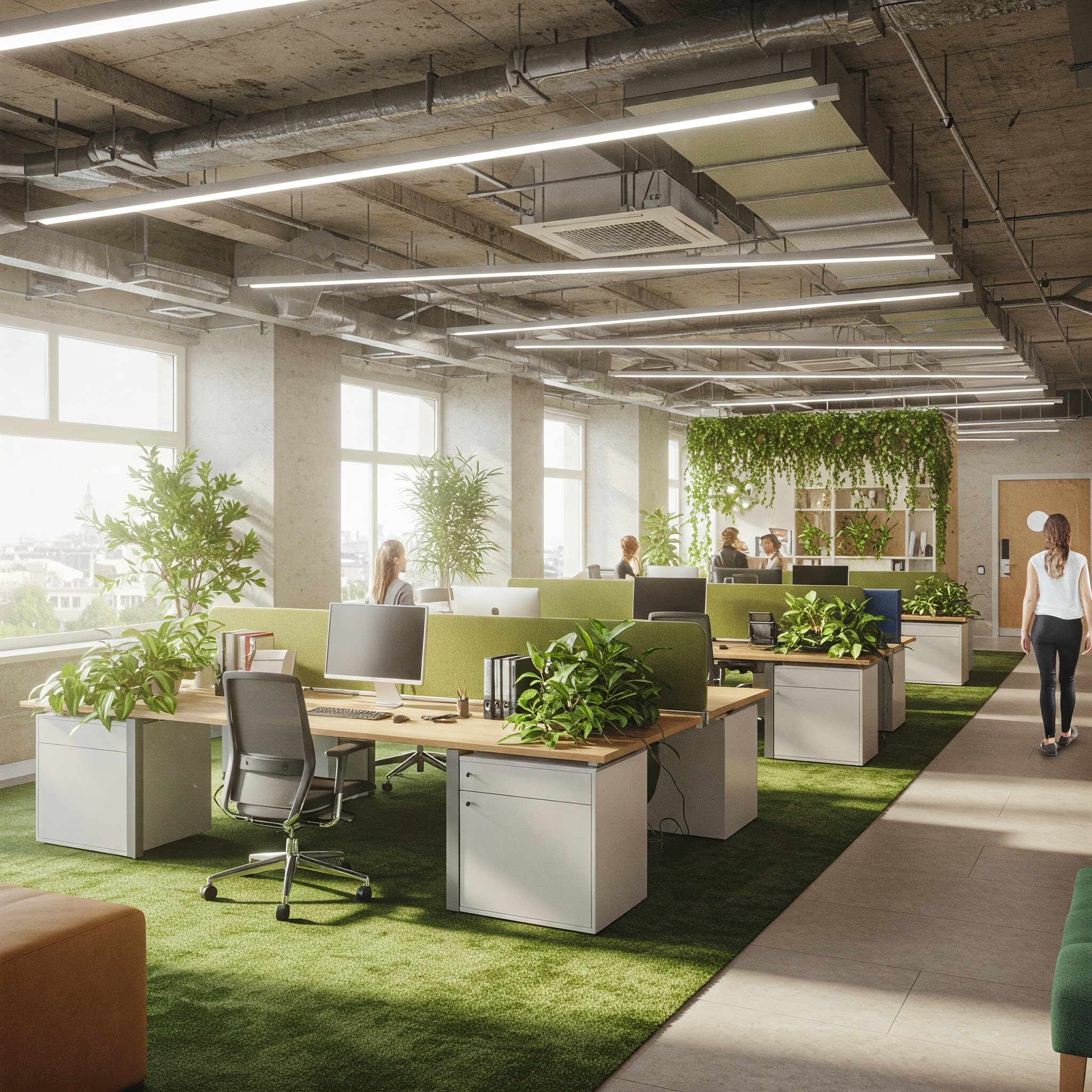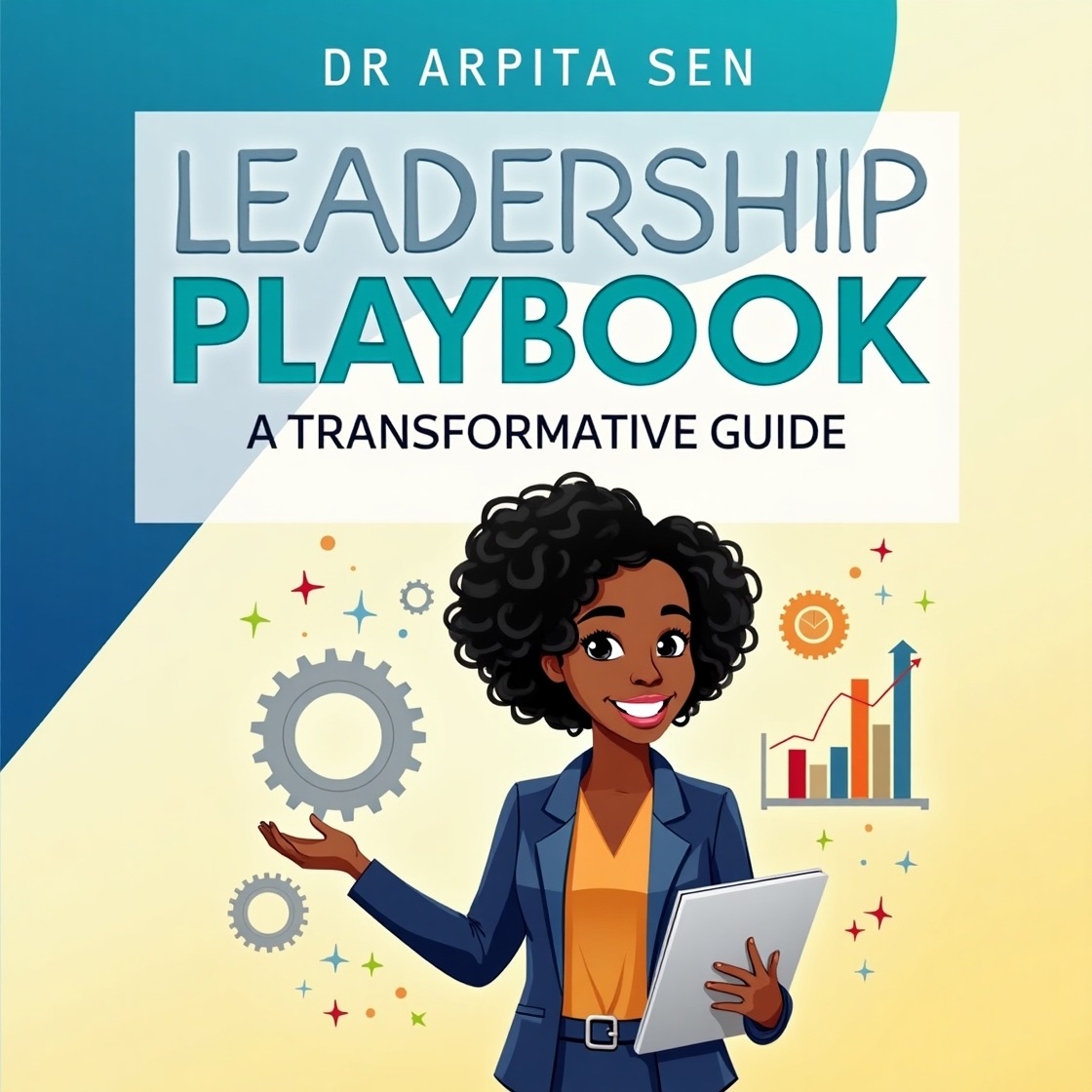How HR can partner with neuroscience and spatial design to create workplaces that boost cognition, reduce burnout, and trigger innovation.
“Your office is your second brain. When it’s designed right, it doesn’t just support your thinking — it amplifies it.” — Dr. Arpita Sen
The End of the Cubicle Era: Welcome to Thinking Spaces
Imagine walking into a workspace that knows you — not in a surveillance way, but in a neural harmony way. The lighting naturally adjusts to your energy rhythms. Your workstation invites focus or flow based on your task. Every zone is a signal: this is where you rest, this is where you ideate, this is where you connect.
Welcome to the age of Neuroarchitecture — where office design meets neuroscience to activate peak performance, emotional safety, and innovation readiness.
This is no longer just about “open vs closed” spaces. This is about crafting workplace neural environments that align with how the human brain thrives.
“In high-performance organizations, the physical environment is treated as a cognitive accelerator — not a cost center.” — Dr. Arpita Sen
The Science Behind Neuroarchitecture
Neuroarchitecture blends neuroscience, psychology, and architectural design to optimize how people think, feel, and perform within built environments. It addresses real cognitive levers like:
- Lighting & Circadian Regulation
(Boosts serotonin and melatonin cycles for focus and recovery) - Acoustic Zoning for Attention
(Protects prefrontal cortex bandwidth and flow states) - Spatial Fluidity for Movement & Ideation
(Engages motor-cognitive coupling — moving = thinking better) - Color & Texture as Cognitive Cues
(Calm blues for contemplation, greens for creativity, earthy tones for grounding)
According to the World Green Building Council, enhanced ventilation, biophilic design, and optimized lighting can improve employee cognitive function by 26%, reduce sick days by 30%, and boost productivity by 23%.
“Workspaces must now be built like synaptic maps — each zone firing up a different kind of brilliance.” — Dr. Arpita Sen
Biophilic Design: Bringing Nature Into Neuroscience
Humans are biologically wired for nature. Biophilic design uses natural elements — greenery, water features, organic textures — to activate the parasympathetic nervous system, reduce cortisol, and improve mental clarity.
Neural Benefits of Nature-Infused Workspaces:
- 37% lower stress levels
- 15% higher creativity
- Faster recovery from mental fatigue
Case in Point: Amazon’s “Spheres” HQ in Seattle
These three glass domes house 40,000+ plants and are used as cognitive restoration zones for meetings and innovation sessions.
Neurodiverse Support Zones: Designing for Every Brain
Neuroarchitecture is also foundational for inclusion. Neurodivergent talent (ADHD, autism spectrum, sensory sensitivity) often underperforms not due to skill, but due to environmental stress triggers.
Smart HR leaders now partner with architects to build:
- Low-stimulus pods for sensory relief
- Haptic-friendly surfaces for grounding
- Flexible lighting and acoustic controls
- Customizable desk arrangements
Microsoft, SAP, and EY have incorporated neurodiverse workspace design as part of their inclusion strategies, directly improving retention and innovation metrics.
“The most inclusive workplaces today are not defined by who you hire — but by what you design for every mind to thrive.” — Dr. Arpita Sen
Cognitive Zoning: A Brain-Based Office Layout
Neuroarchitecture encourages spatial mapping around cognitive states:
| Zone | Brain State | Design Features |
|---|---|---|
| Focus Pods | Deep Work | Soundproofing, cool light, minimal visuals |
| Innovation Corners | Creativity & Flow | Open layout, high ceilings, playful textures |
| Recharge Sanctuaries | Recovery & Reflection | Natural elements, soft light, recliners |
| Social Sync Zones | Connection & Empathy | Circular seating, warm colors, art & aroma |
“Think of the office like a brain. Some areas are for deep thought, others for dreaming, others for emotional connection. We design with that metaphor.” — Dr. Arpita Sen
HR’s New Role: Chief Neural Performance Officer
This is where L&OD and HR come in. Progressive HR leaders are no longer just implementing engagement programs — they’re co-architecting the cognitive performance infrastructure of their organizations.
Strategic HR Actions in Neuroarchitecture:
- Partnering with architects during office redesigns
- Conducting “Cognitive Environment Audits” quarterly
- Using HRV, mood, and energy tracking tools to evaluate space impact
- Designing onboarding rituals based on spatial-emotional logic
Philips redesigned one of its Amsterdam hubs based on neuroperformance metrics — and saw a 34% reduction in burnout cases and a 21% rise in creative output within a year.
Future Forecast: The Conscious Workspace
Offices of the future will be sentient, personalized, and healing. Think:
- Adaptive lighting that changes with your focus state
- Emotion-aware zones that shift based on team energy
- Biofeedback chairs that guide breath and posture
- AI-powered mood lighting and scent design
- Digital twins that simulate cognitive performance pre-redesign
“Tomorrow’s offices won’t just house people. They’ll awaken them.” — Dr. Arpita Sen
Build Spaces That Breathe with Your People
In an era of hybrid work, AI overload, and mental fatigue, our environments matter more than ever. Neuroarchitecture isn’t just a design fad — it’s a business performance strategy rooted in biology, psychology, and emotional intelligence.
When HR becomes the architect of the human brain’s playground, burnout becomes brilliance, and fatigue becomes flow.
“You don’t just manage minds at work. You architect them. The future of HR is neural.” — Dr. Arpita Sen











